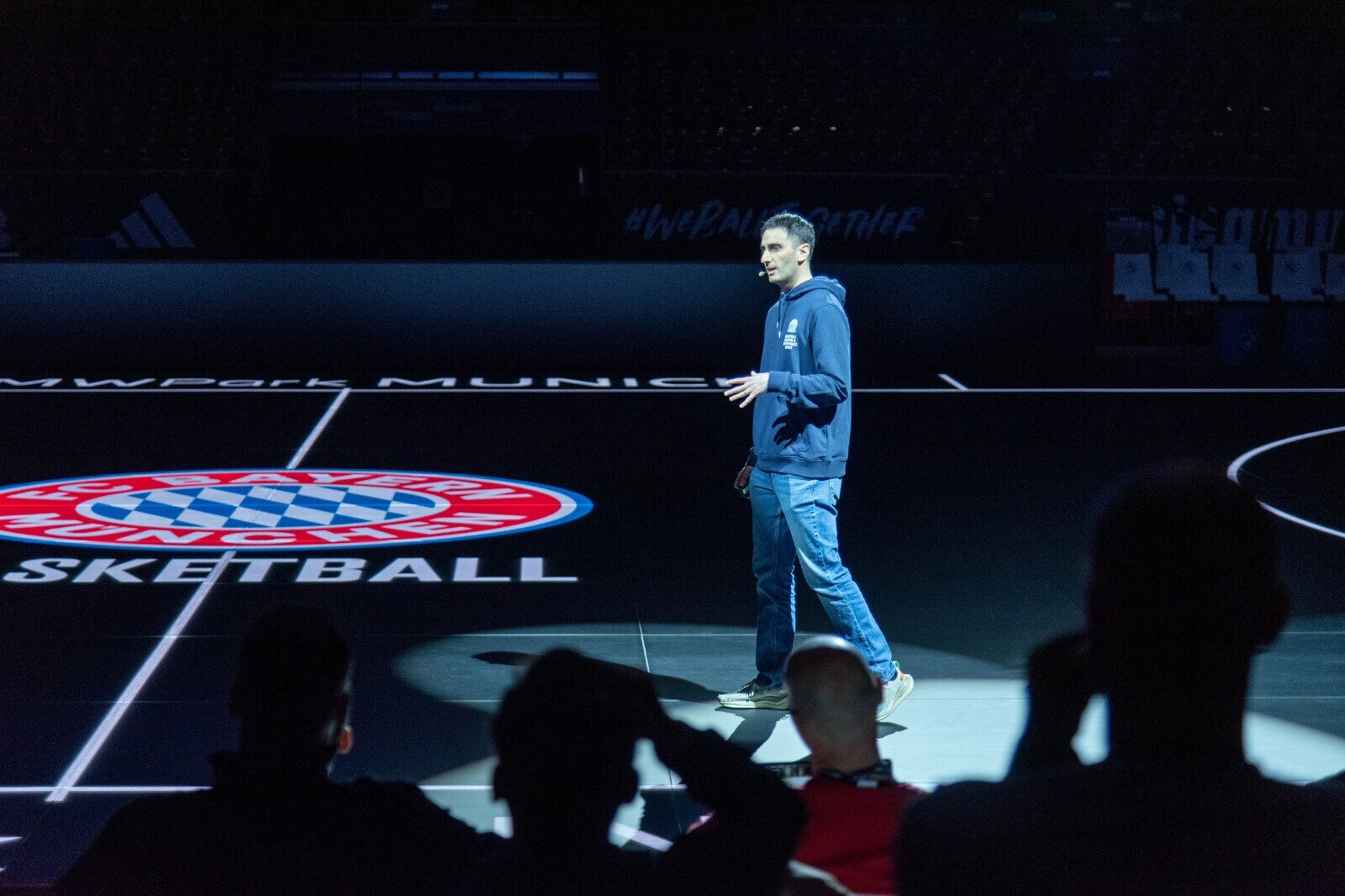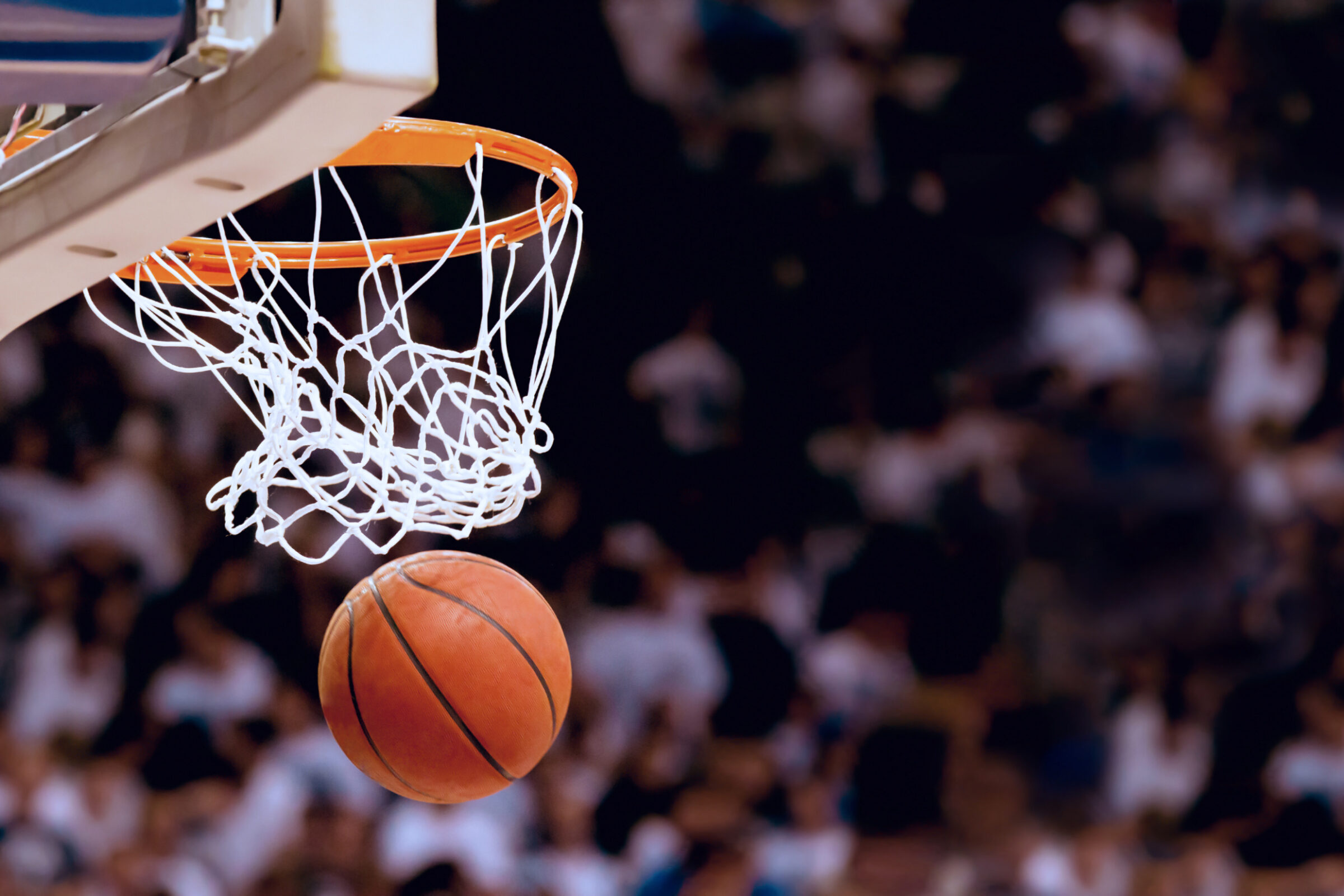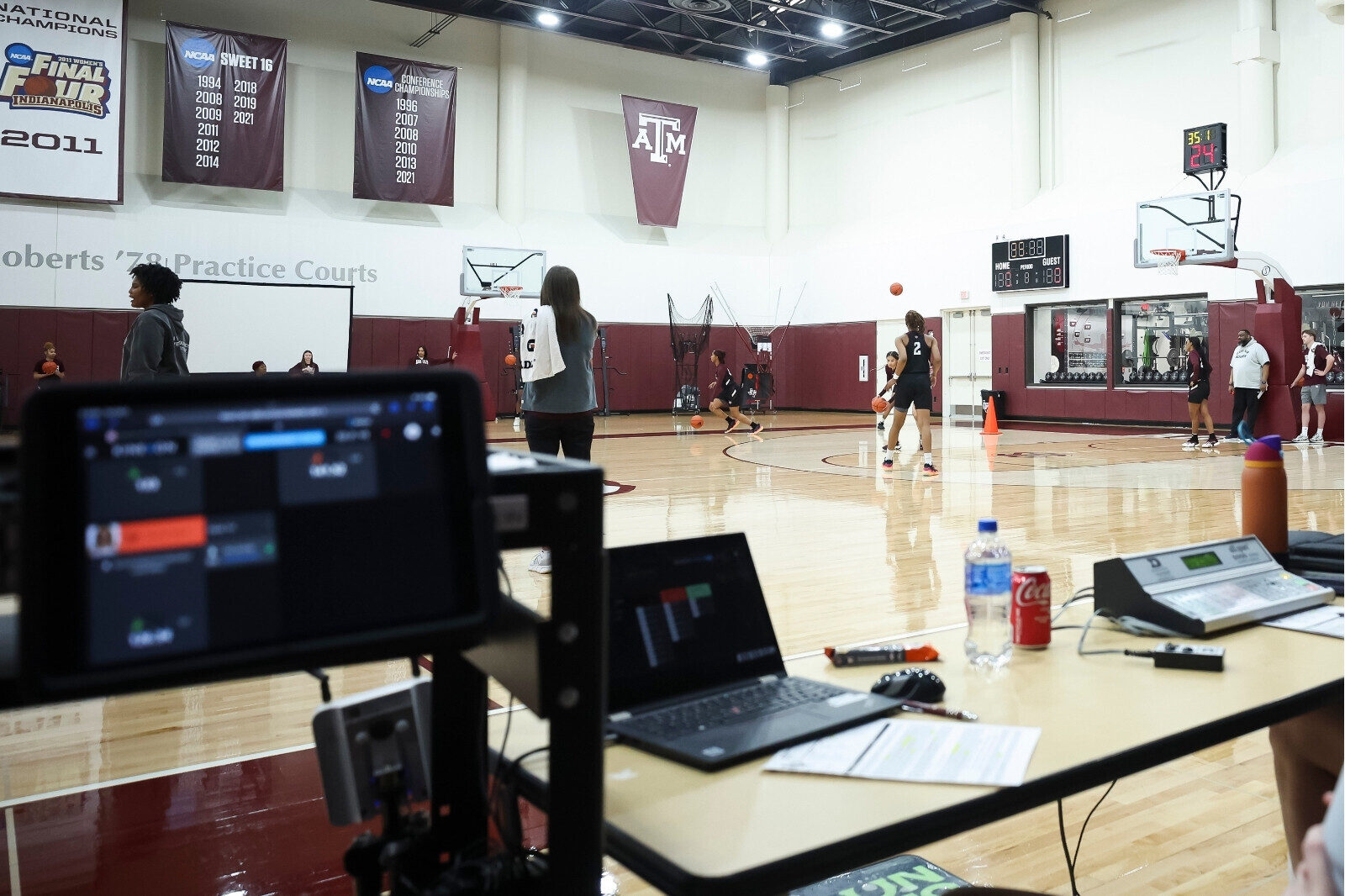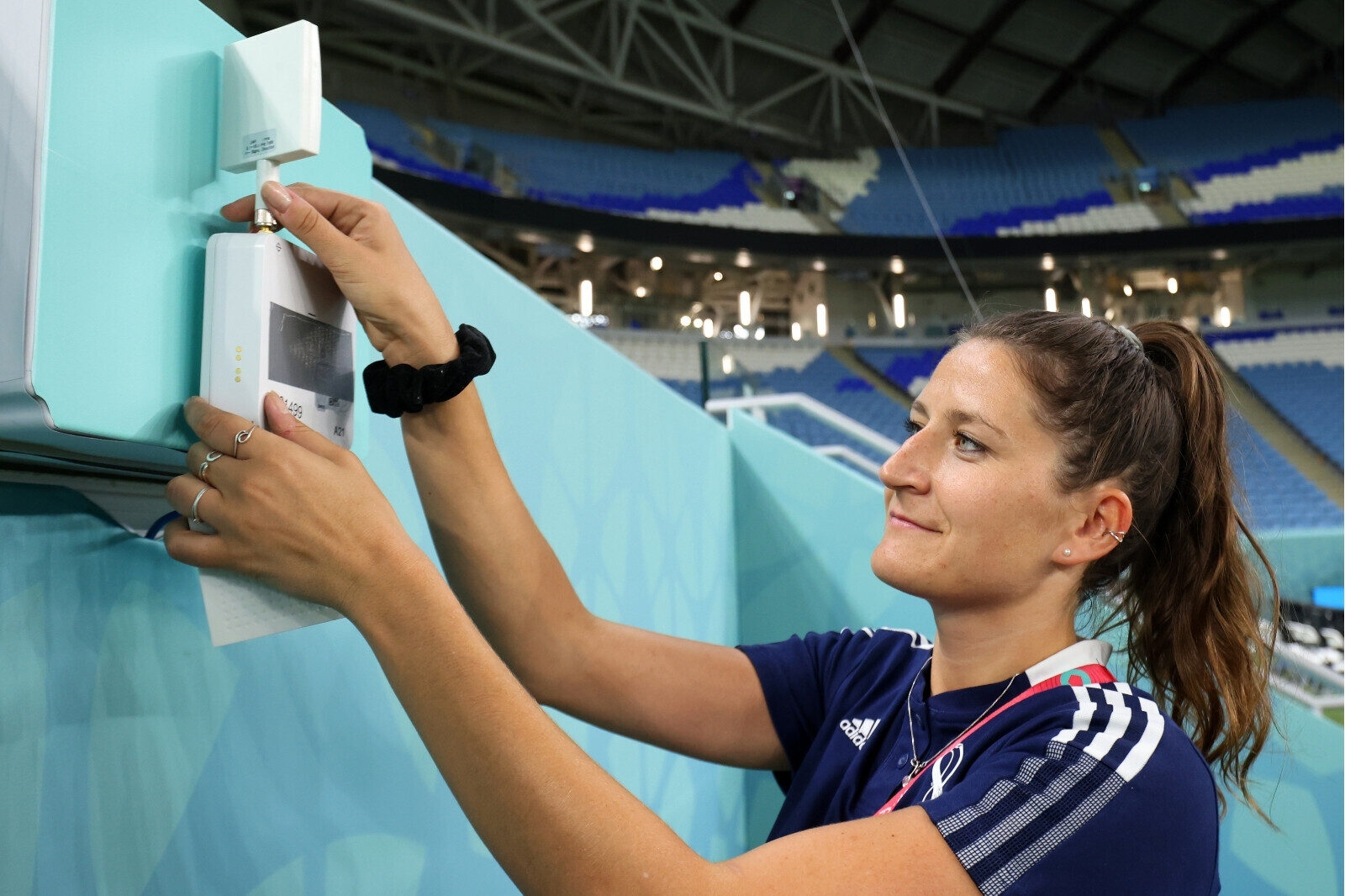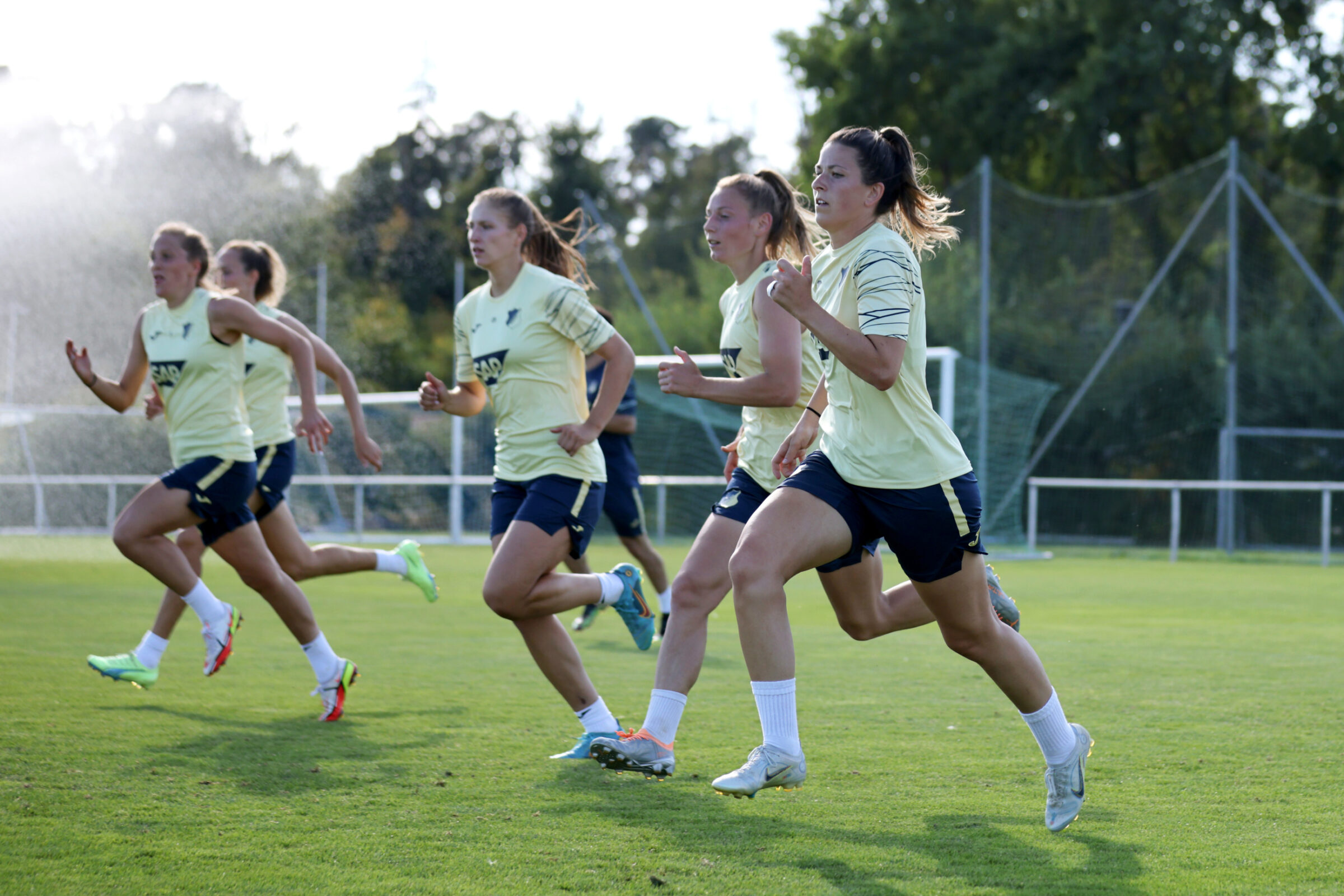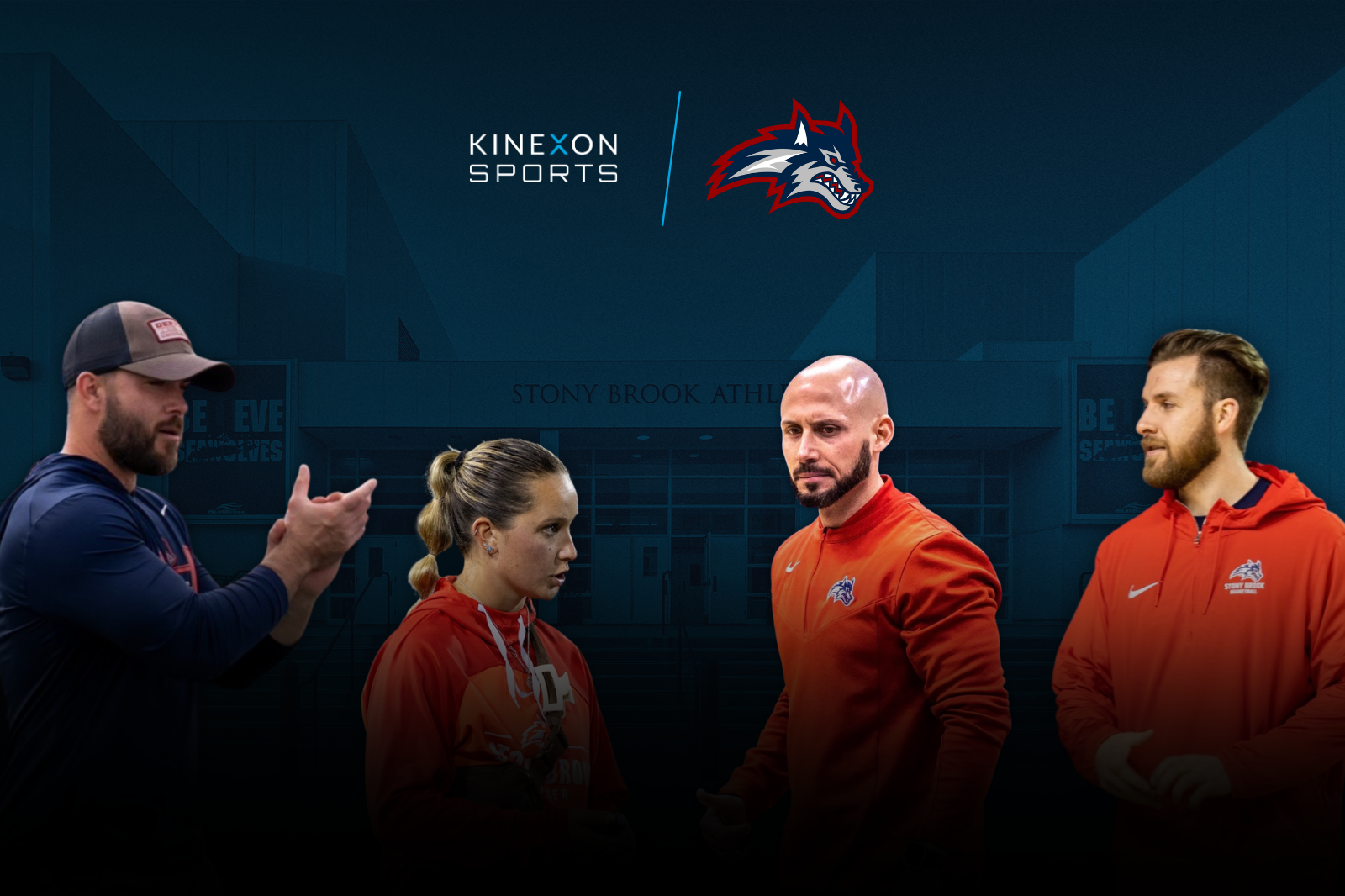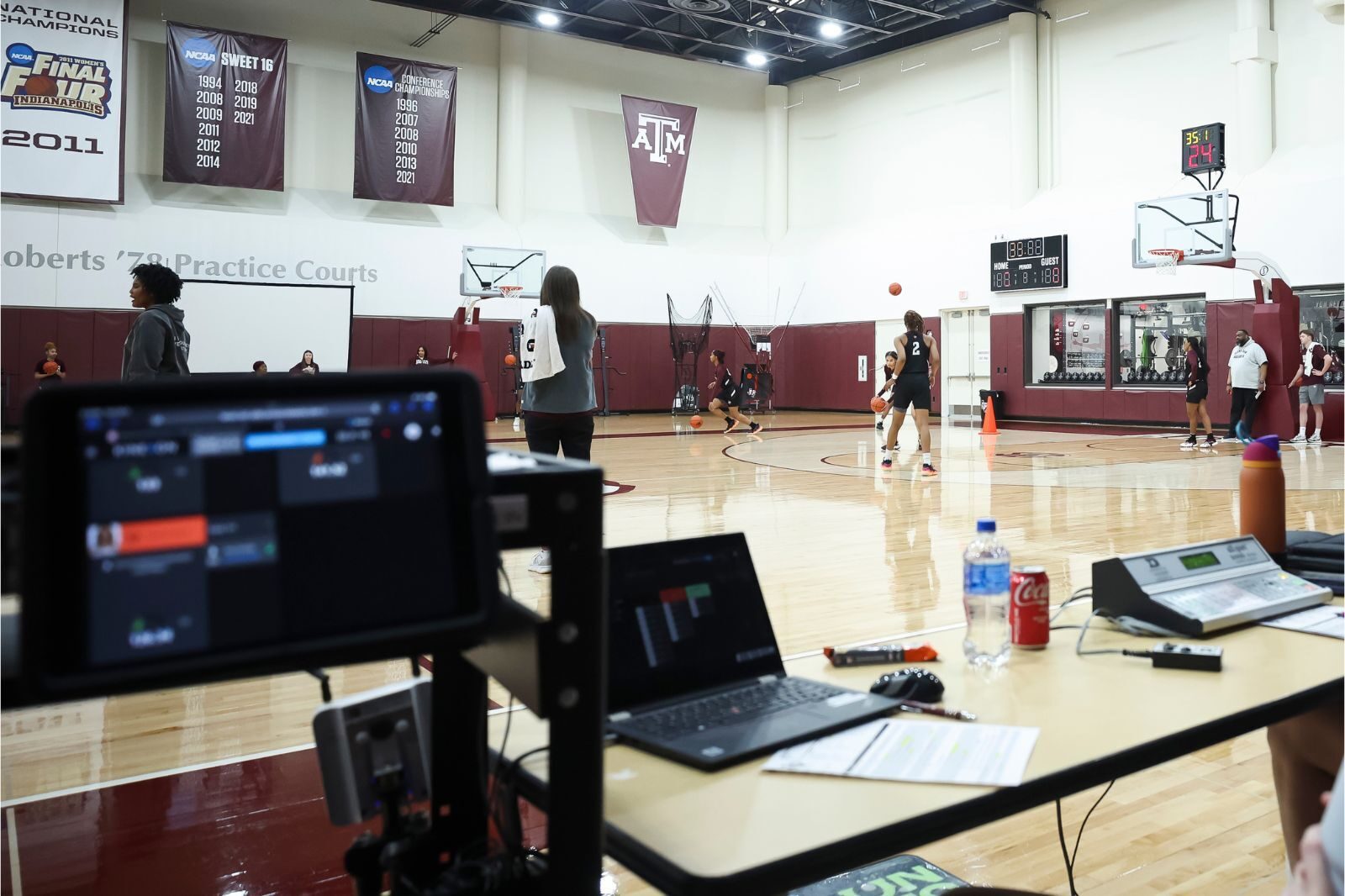How the University of Miami Used Player Tracking to Peak During the NCAA Tournament
For the first time, the University of Miami has made it to the NCAA Tournament’s Final Four, thanks in part to KINEXON Sports player tracking data. This data has been instrumental in preparing the Hurricanes’ athletes for the competition. Tommy Otley, a Physical Therapist & Sports Scientist for the university’s basketball program, has shared insights into their training programming, highlighting their approach to enhancing athlete performance.

The University of Miami's Path to the Final Four
Author: Philipp Lienemann
The common denominator for Miami’s success in the tournament has been their ability to change gears in the last third of the game – outworking, outpacing, and outshooting their respective opponents when it mattered the most.
In the first round against the Drake Bulldogs, the Hurricanes switched to a full-court press to turn around the game in the last five minutes. The Indiana Hoosiers were outrebounded by Miami, led by an incredible performance of Norchad Omier (17 Rebounds!) who made his presence felt on both ends of the floor.
In the Sweet 16, midway through the 2nd half of the game against the Houston Cougars, Miami turned up the heat with an 11 – 0 run and continued to make important stops on the defensive end from which the Cougars couldn’t recover.
Similarly, the Texas Longhorns were already leading by 12 points midway through the 2nd half, but still fell short of closing out the game. Instead, the Hurricanes embarked on a 23 – 7 run led by man-of-the-match Jordan Miller (27 PTS, 7/7 FG, 13/13 FT) to turn around the game once again.
They finished the game with an incredible shooting performance of 59.2% from the field but an even more important 87,5% (28÷32) from the free-throw line of which they made 13⁄14 in the last 4 minutes of the game. The Miami Hurricanes kept their calm and performed at their best when it mattered the most.
Get All Shots in Practice Counted and Analyzed by the First AI-based Basketball Analytics Software

“Communication is key. The information must be provided in a clear and efficient way that is understood by the respective coaches. If coaches understand the importance of modulating volume, intensity, frequency, and duration factors in on-court training it’s a lot easier to speak to where we stand from a metric perspective.”
Peak Sports Performance at the End of a Game
To be able to do so in the final moments of the game, studies show that athletes need to rely on their ability to perform at a high level while tolerating increasing levels fatigue. It is the athletes’ resilience to a variety of external stress factors, physically & mentally that can make all the difference.
Playing a crucial part ithe women’s and men’s sports performance training programming at the University of Miami, one of Otley’s tasks is particularly important. He provides the Hurricanes’ coaches and sports medicine staff with actionable insights based on KINEXON’s player tacking data to help make informed decisions.
Division I Basketball Player Tracking
Division I basketball is made up of an elite group of players. At the University of Miami, Tommy Otley is is part of a team determined to prepare athletes to peak at the right moment. He also participated in a recent KINEXON webinar “From Insights to Action: Leveraging Data to Improve Load Management.“
In our question and answer session, he explains the benefits of player tracking and athlete monitoring data. He also discusses how KINEXON supports the planning process of adequate training programming and how he and his team make sure every athlete can perform at their optimum.
Feel free to watch this webinar on-demand, or contact us at any time with questions you may have.

How "The U" Uses Player Tracking Technology
Tommy, what is a major benefit of adding data to your team’s sports perfomance training program?
It helps us maintain a level of objectivity and contributes to having a shared language despite our differences in background and professional education tracks.
With many people contributing to training plans, how do you build common ground?
Communication is key. The information must be provided in a clear and efficient way that is understood by the respective coaches. Plus, how we plan to use the data must fit our system and goals. If coaches understand the importance of modulating volume, intensity, frequency, and duration factors in on-court training it’s a lot easier to speak to where we stand from a metric perspective.
Where does KINEXON fit in?
We use KINEXON’s PERFORM IMU in both a feedforward and feedback approach. We discuss the plan for on-court exposure before each week. Then, we use the data to quantify what the exposure looks like throughout the week compared to our plan and adjust accordingly.
KINEXON’s sports performance data also complements our other athlete monitoring techniques such as force plate jump testing to further determine how we can optimize our athletes’ performance. It’s all about how we optimize readiness around our on-court exposure and weight room training to be best prepared for competition.
Can you share some insights on the planning process of your training programming?
A systematic approach in communicating with the stakeholders who make decisions is key. It is important that everyone shares the same vision of how to integrate and make adjustments.
Now that we have historical reference data from our non-conference and conference schedules, we have a good idea of what typical weekly ranges for different metrics look like for our team as well as individual players. When we have a competition-dense week coming up, we discuss this in our meeting and give straight forward feedback as to what types of practices we should plan to have around the competition.
It is not as easy as saying this day should be hard and this one easy. When planning practice, the coaches are working on scouting the competition, working on our own offense/defensive approach for the game, individual player needs, as well as considering the physical demands of the exposure. Understanding the coach’s approach to preparation for competition and how and where it is possible to adjust is key to being able to integrate appropriate modulation in training volume/intensity in season and around periods of frequent games.
How do you manage your athletes game exposure and keep them engaged?
For example, quantifying load for high and low-minute players is vital to helping ensure we provide the latter with appropriate opportunities for exposure. Ideally, we train everyone to meet the demands they would experience in a high-minute situation. However, the schedule and competition exposure opportunities narrow down our options.
How do you counter?
We aim to integrate additional work for our lower-minute players to bring them up to the next tier of availability. We train a player who sees 3 minutes on the floor to the level of one who sees 10 – 15 minutes or one who usually plays 15 minutes to the level of 30 minutes or higher. That way, when a rotational player slides into a higher role due to improved performance or a starter’s injury, they are physically adapted to the on-court demands and ready to play at a higher volume of competition exposure.
Is there nuance regarding exposure, or is it all about matching intensities?
There is a difference in ensuring a low-minute player has the same total volume as a high-minute player versus having the same type of exposure. Shooting for an hour after practice may bring a low-minute athlete’s Accumulated Acceleration Load (AAL) up from the jump component. However, the movement profile differs from the type of exposure our high-minute guys get in-game.
How do you modulate practice to adjust for those differences?
Ideally, we would organize game-like or live-play situations with coaches or GA’s to help them make up for the some of the competition type exposure they are missing. Usually our low-minute players have some scout type exposure pre-practice, and we often incorporate some half-court 3v3s to help bring up specific aspects of exposure the day after a game while our high-minute guys walk through or have a pure shooting exposure.
What are some of the benefits of this approach?
They benefit in two ways: we bring up their direction changes, exertions, high-intensity distance and other physical demands closer to competition. Secondly, they get exposure to decision-making and live-play preparation, which they often miss on competition days.
